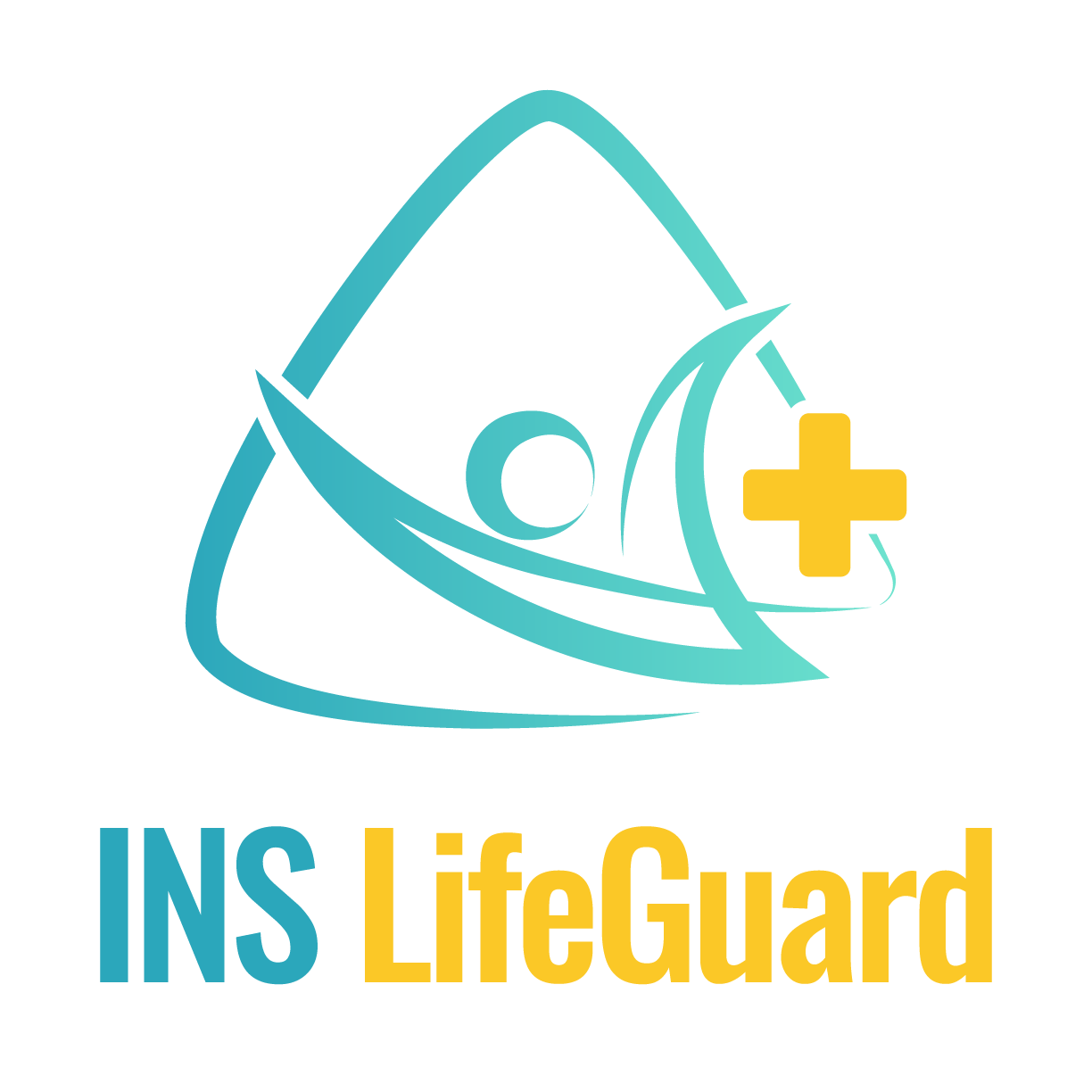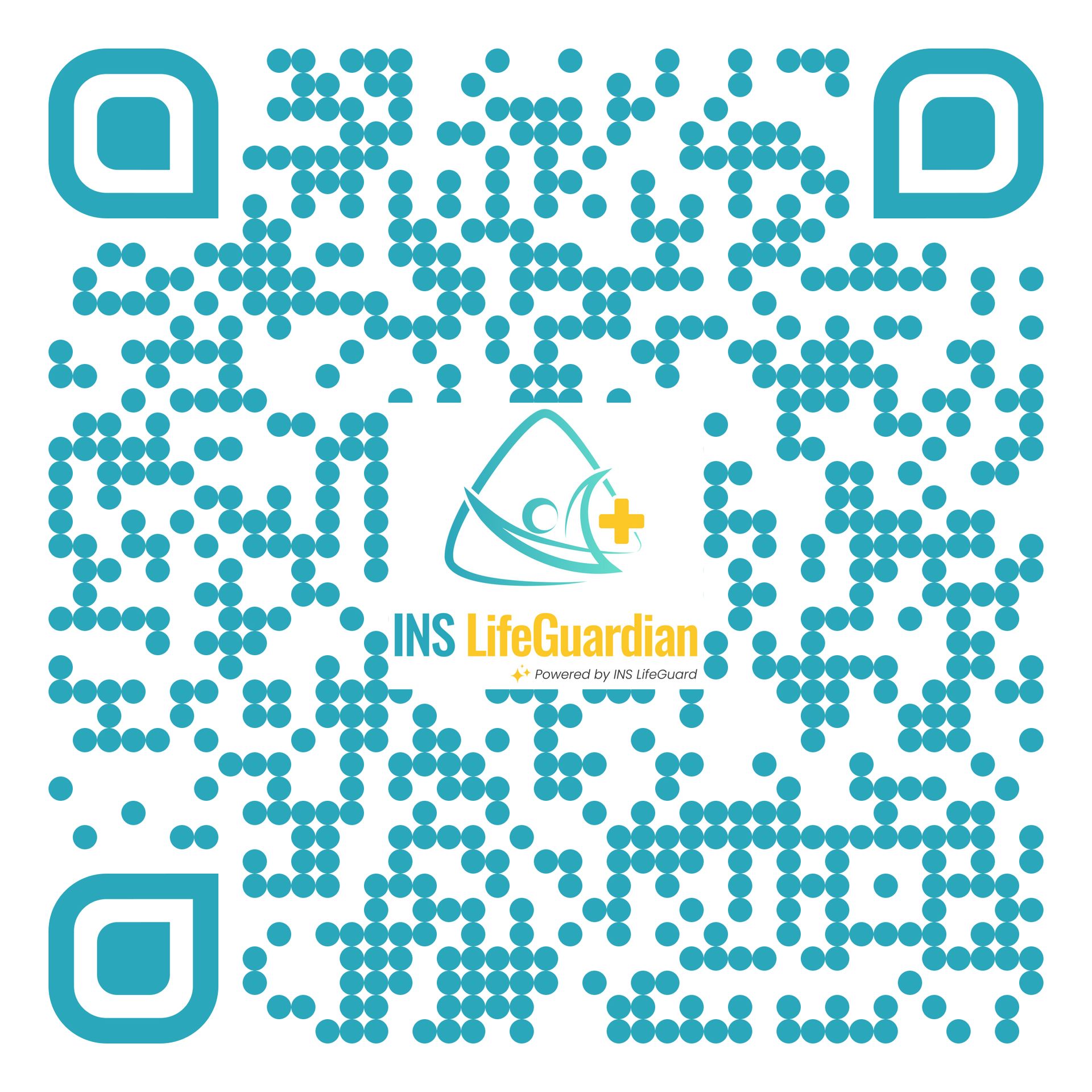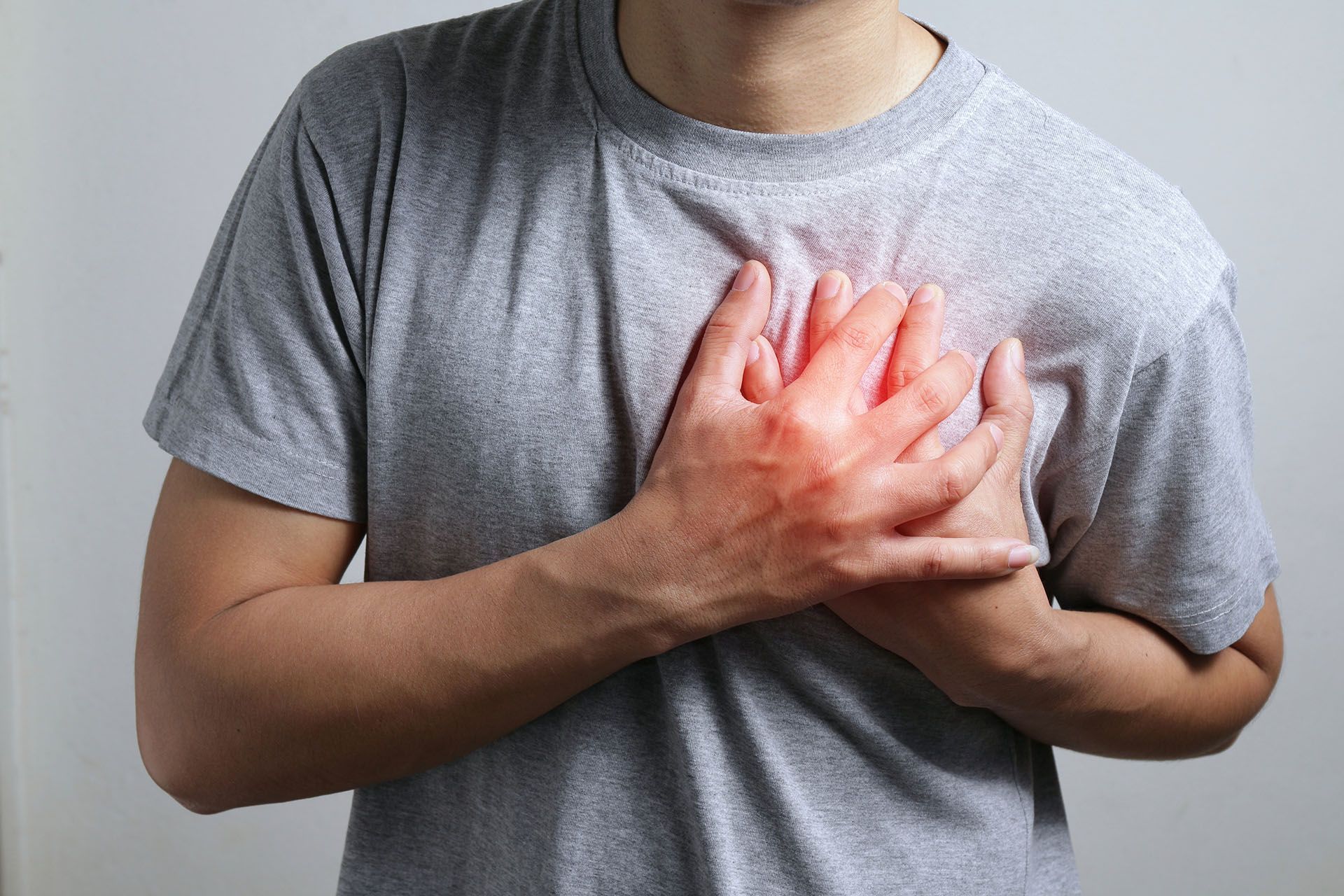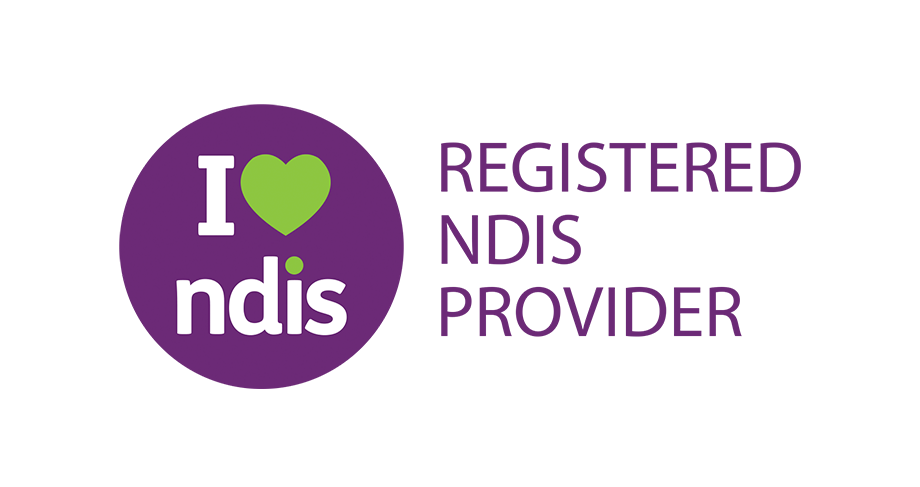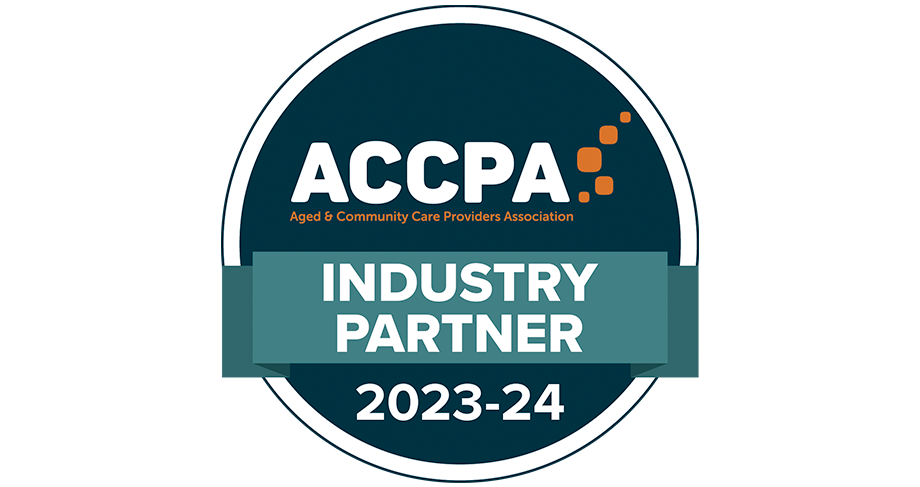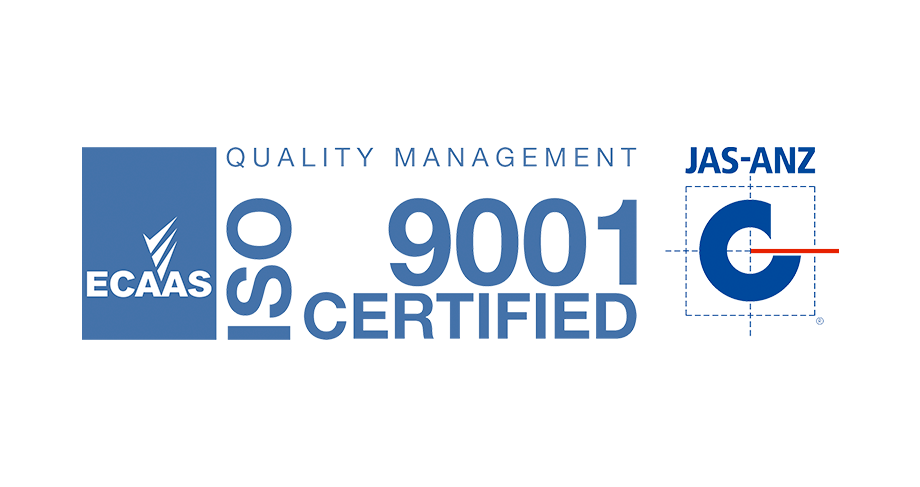INS LifeGuard
Revolutionising Personal Alarms: How Voice Activation Enhances Emergency Response for Disabilities

For years, individuals with disabilities, limited mobility, dexterity challenges, or conditions that make traditional emergency buttons difficult to use have relied on cumbersome devices like blow pendants and bite transmitters to call for help in emergencies. These solutions, while functional, come with significant limitations:
- They can be uncomfortable and inconvenient to use.
- They require physical interaction, which may not always be possible.
- If the device is out of reach, calling for help becomes impossible.
What happens if a person in distress can’t reach their emergency button? This is where modern technology provides a more innovative, more accessible solution.
A Smarter, More Accessible Solution
With INS LifeGuardian®, we are eliminating the need for outdated assistive devices. Our app turns your iOS or Android phone or smartwatch into a personal alarm. It allows users to activate emergency response using voice commands, making safety hands-free and effortless.
- No more awkward or restrictive emergency devices.
- Simply say, for example, “Hey Siri, help me" or "Hey Google, help me," and our 24/7 nurse team will be instantly connected. (Android is coming soon!)
- Works seamlessly on iPhones and compatible Android phones and smartwatches. (Android is coming soon!)
- GPS tracking ensures help reaches you, even if you cannot provide further details.
This advancement means individuals with limited mobility or chronic conditions no longer need physical emergency buttons or third-party intervention.
The Only Nurse-On-Call Emergency Response in Australia
Unlike other emergency alert systems that rely on automated responses or call centres with limited medical expertise, INS LifeGuardian® is monitored by INS LifeGuard, Australia’s only nurse-on-call emergency response service.
When an emergency is detected, real nurses respond immediately, not just an operator.
When an alarm is activated, the following steps ensure prompt and professional assistance:
Alarm Activation
- An alarm is sent to a nurse in our emergency response centre, who has access to your personal details and medical history.
Assistance Arranged
- The nurse will assess the situation and send the necessary help, whether that be your emergency contacts (family member, neighbour, or friend) or emergency services.
Dispatched Help if Necessary
- If the nurse cannot make voice contact, an ambulance will be dispatched to your location. No matter the situation, help is on the way.
Additional Care & Support Features
- 24/7 Medical & Emotional Support – We care for your mental and physical well-being.
- TeleHealth – Vital signs can be recorded and monitored by family members, carers, or our nurses through our professional Telehealth services.
- Welfare Checks – Peace of mind with post-hospital and regular welfare checks.
- Free iOS/Android Carer App – INS LifeGuardian Connect® allows families and carers to receive alerts for alarms and critical events.
INS LifeGuard never closes an alarm until we confirm the user’s safety and outcome.
This ensures true peace of mind, knowing that expert medical professionals always oversee emergencies rather than just triggering an alert and leaving it to chance.
Who Benefits the Most?
Voice-activated emergency response is particularly valuable for individuals with limited mobility, dexterity challenges, or conditions that make traditional emergency buttons difficult to use. Specific disabilities and conditions that can benefit from this technology include:
Quadriplegia & Paraplegia
Individuals with spinal cord injuries often have limited or no use of their hands, making it impossible to press buttons or use traditional pendants.
Voice activation allows them to call for help without requiring physical interaction.
Multiple Sclerosis (MS)
MS can cause muscle weakness, tremors, or spasticity, challenging fine motor tasks like pressing a button.
Fatigue and flare-ups can make movement unpredictable, so hands-free options provide extra security.
Amyotrophic Lateral Sclerosis (ALS)
ALS gradually weakens muscles, including those needed for gripping or reaching.
As the condition progresses, assistive technology like voice control becomes essential for independence.
Muscular Dystrophy
Progressive muscle degeneration can lead to severe weakness, making traditional alarm systems impractical.
Hands-free activation ensures safety even as mobility decreases.
Arthritis & Severe Joint Conditions
Rheumatoid arthritis, osteoarthritis, and other joint conditions can make button-pressing painful or impossible.
A simple voice command reduces strain and ensures quick access to help.
Stroke Survivors
Many stroke survivors experience partial paralysis (hemiplegia) or loss of hand coordination, making reaching for devices difficult.
Voice-activated emergency response provides a reliable backup in case of an emergency.
Cerebral Palsy
Individuals with cerebral palsy often have limited fine motor control, making pressing small buttons difficult.
Voice commands provide an accessible alternative that doesn’t require dexterity.
Parkinson’s Disease
Parkinson’s can cause tremors, rigidity, and slow movement, making it hard to use traditional emergency buttons.
Voice activation ensures a steady and quick way to call for help.
Vision Impairments
Some people with severe visual impairments struggle with finding and pressing small buttons on emergency pendants.
Hands-free voice activation offers a more accessible way to seek assistance.
People Prone to Falls
Elderly individuals or those with balance disorders may fall and cannot reach their emergency pendant.
With INS LifeGuardian, they can simply speak to activate emergency response without struggling to retrieve a device.
INS LifeGuard is also a registered NDIS provider, ensuring that individuals with disabilities have access to high-quality, funded support for their emergency response needs. INS LifeGuardian® is claimable under NDIS Assistive Technology 4.2.5 Personal Alarms Support.
Community Care Packages
Eligible seniors can access personal monitoring technology through their Commonwealth Home Support Program (CHSP), Support At Home, or their Home Care Package (HCP). To check eligibility, contact My Aged Care on 1800 200 422 or your provider.
Experience the future of emergency response. Your safety should never be compromised; with us, it never will be.
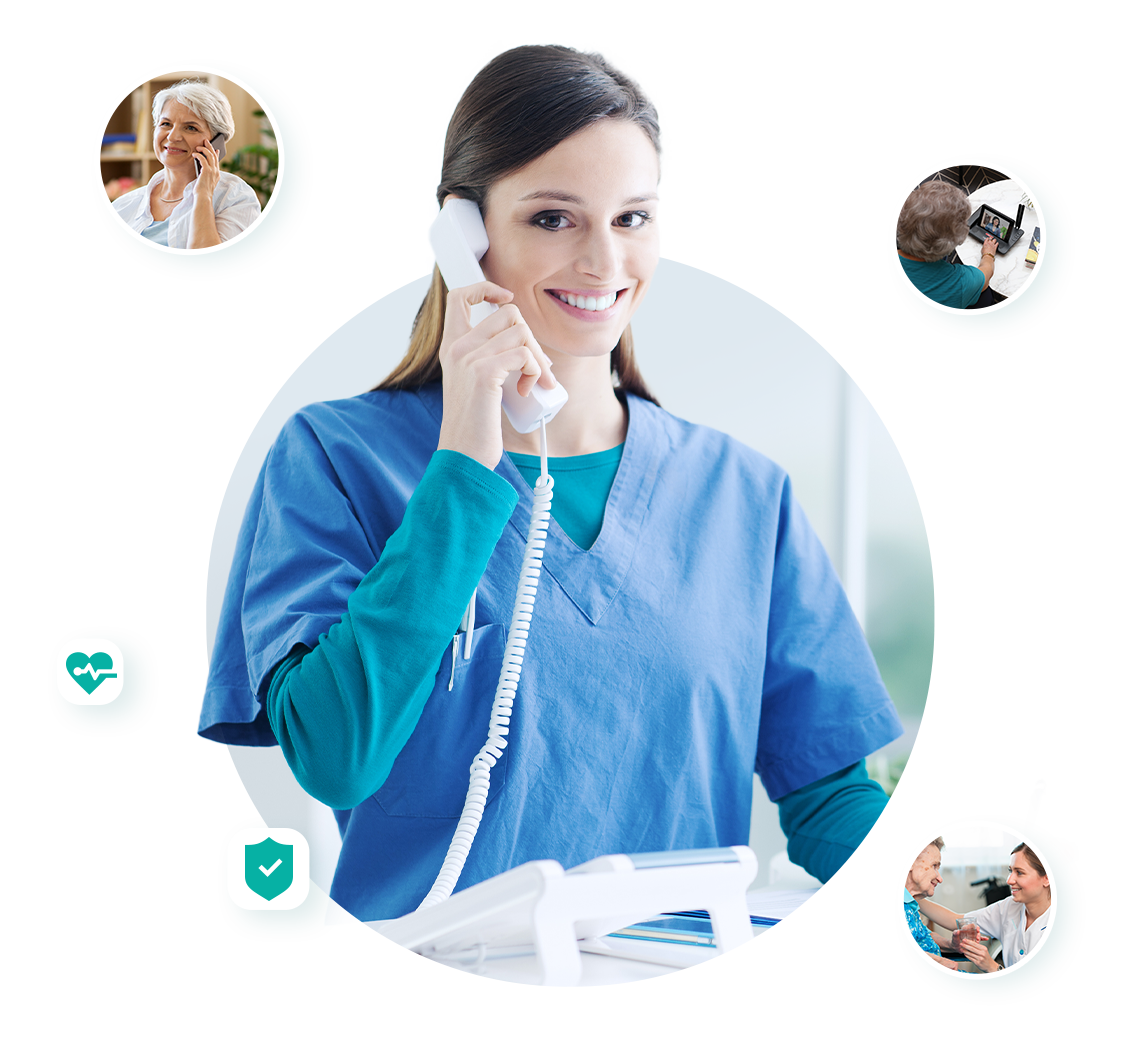
About
INS LifeGuard is the only 24/7 nurse on-call personal and medical monitoring in Australia. We provide monitoring technology for both in the home and on the go and can also monitor other provider's equipment. Our services are suitable for anyone wanting support to stay independent such as the elderly, those with medical conditions and disabilities plus enhancing safety and security for lone workers.
